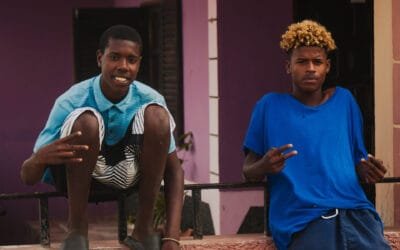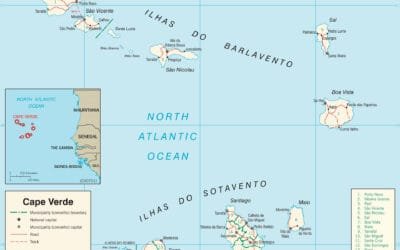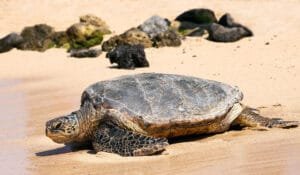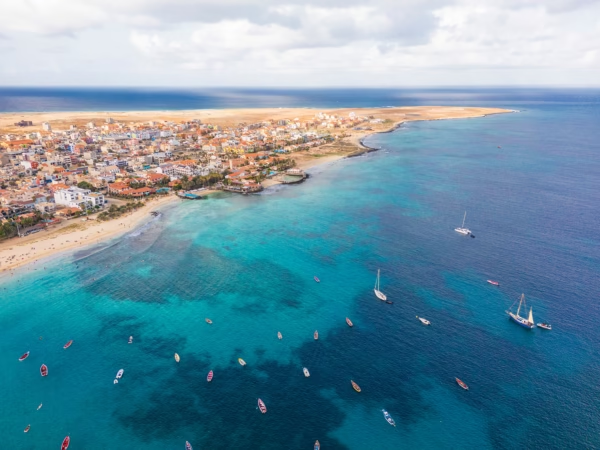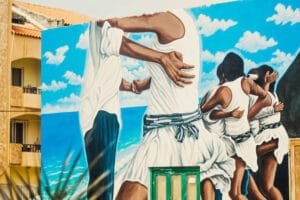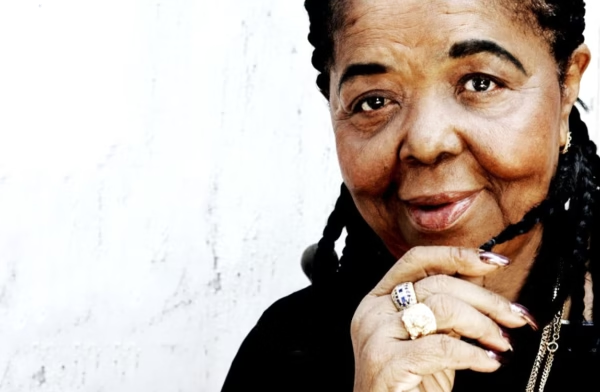The Independence Day: Great Celebrations in Cape Verde
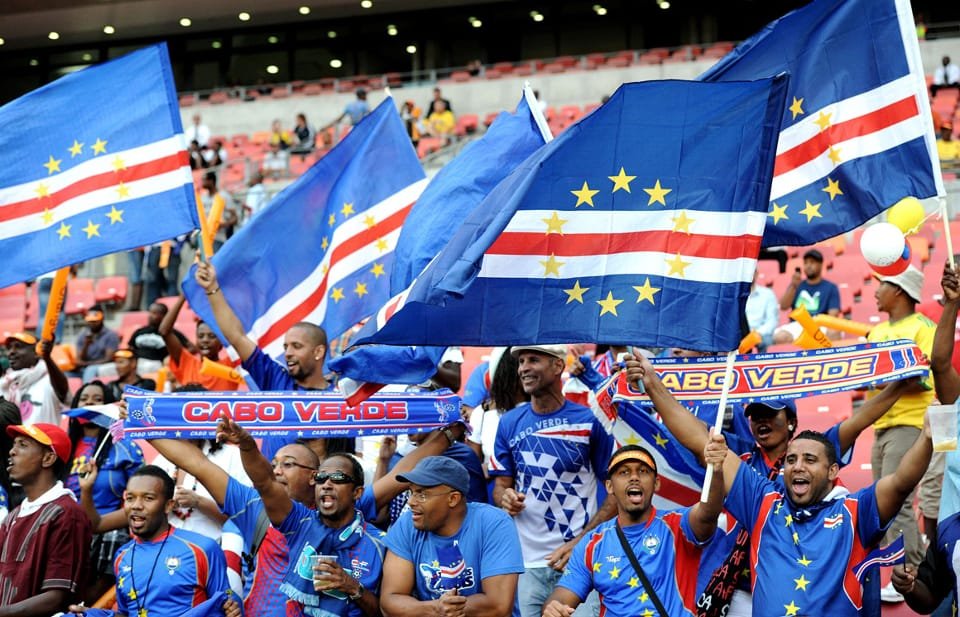
When the sun climbs over Sal Island on July 5, Espargos and its surrounding communities stir into quiet celebration. It’s Independence Day — a moment of reflection, pride, and communal warmth marking the 1975 proclamation that set Cape Verde free from nearly five centuries of colonial rule. On this island, freedom is honoured not with spectacle, but with intensely local rhythms: flag-raising, community gatherings, traditional music, and conversations about identity.
A Day That Carried an Archipelago
Cape Verde’s independence on July 5, 1975, followed a period of transition beginning with the Carnation Revolution in Portugal (April 1974). Sal, long tied to colonial industry—salt extraction and airfields—saw its transformation mirrored in subtle ways: streets were renamed, Portuguese flags exchanged for blue-white-red banners, and a new future envisioned.
The main ceremony takes place in Praia. However, Sal joined the celebration early, with parades in Espargos, flag-raising ceremonies at local schools, and public speeches by municipal officials. These solemn acts carry deep civic meaning, as Cape Verde’s motto—a pledge to unity, work, and progress—is reaffirmed each year.
Independence Day Celebrations: Modest and Meaningful
In Espargos, Independence Day begins near dawn. Children in school uniforms gather in courtyards. Town employees unfurl the national flag on municipal poles. A municipal band is often formed of local students and volunteers. It plays march tunes, and a representative raises a flag while the national anthem is played or is sung by a small choir.
Later in the day, many attend “colá San Jon” performances — traditional processional music with African roots, drums, and chanting. It blends spiritual promise with communal solidarity. Local groups gather in bare school yards under tamarind trees, drumming in honour of independence, resilience, and ancestral memory.
Football matches at Estádio Marcelo Leitão draw families who gather afterwards for local street food — grilled chicken, cachupa, and fried dough — infused with the taste of celebration and solidarity.
Sal’s Democracy in Practice
Independence is not just symbolic here — it echoes in everyday governance. Municipal leaders use the occasion to announce progress, including new roads, school upgrades, and water improvements. In Sal Rei and Murdeira, residents gather at civic centres or outdoor plazas, where community members speak in both Portuguese and Cape Verdean Creole. The language shift — Creole, spoken by most residents — affirms that independence has shaped not only politics, but also identity.
In recent years, Cape Verdean diaspora communities in Boston and Lisbon have held related events. Their success is relayed back home, fostering cultural ties and economic solidarity.
Ritual, Music, and Identity
Music plays a central role: colá and Batuko rhythms underscore the July 5 events. Colá is noted for its call-and-response vocal lines and 6/8 tempo. It carries a substantial historical and spiritual load. Batuko, historically performed by women, now marks many public gatherings with drumbeats that echo across piazzas.
These rhythms are not a performance; they are a shared conversation, drawing out histories, griefs, and hopes. They connect the day itself — commemorative, civic, peaceful — with wider threads of Cape Verde’s Afro-Portuguese heritage.
Progress and Challenges
As Sal and the archipelago approach 50 years of independence, the national agenda focuses on unity and progress. Locals often highlight challenges, including water management, economic diversification beyond tourism, and youth employment. Independence Day prompts reflection on how far the island has come. And where it wants to point its future steps.
Tour operators, NGO workers, teachers, students and municipal leaders use July 5 to reaffirm roles in this collective story — signalling that independence is not a single achievement, but an ongoing endeavour.
Independence Day and Sal’s Observance
In wealthy capitals, Independence Day can risk the ceremony becoming hollow. On Sal, it remains visceral — salty breeze, school bells, drum beats. Its modesty is its strength: a quiet guarantee that politics, education, roads, and civic pride stay within public hands.
For visitors passing through, July 5 on Sal may be an opportunity to observe how national identity is lived: not in grand parades, but in everyday gestures — flags, songs, and community meals. It is an independence continuing to anchor itself, island by island, person by person.
Bibliography
-
Main picture: Futebol CV;
-
Wikipedia. “Cape Verde”; “Espargos”; “Sal, Cape Verde”
-
iExplore. “Cape Verde Holidays and Festivals”
-
Visita Cabo Verde. “Festivals in Sal”
-
Brava News. “49 years of independent Cape Verde: 5 July 2024”
-
The New England Cape Verdean community event listings (e.g. dotnews.com)
-
Project Biodiversity. “Top Things to Do in Sal for Conscious Tourists”
-
Cape Verde Cultural Studies. “Colá: Cape Verdean Music and Identity”
-
University of Lisbon, Climate Resilience reports (2022)
-
Field interviews and observation, Sal Island, July 2024–2025
